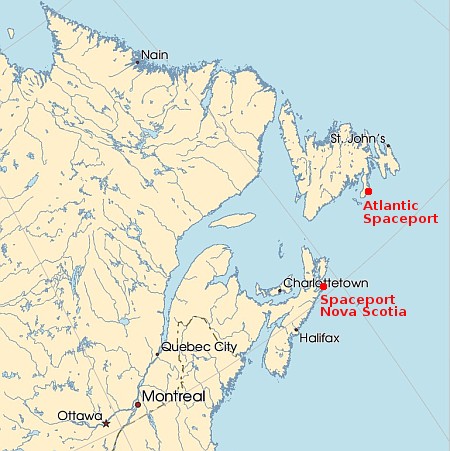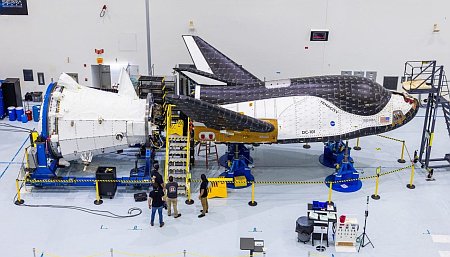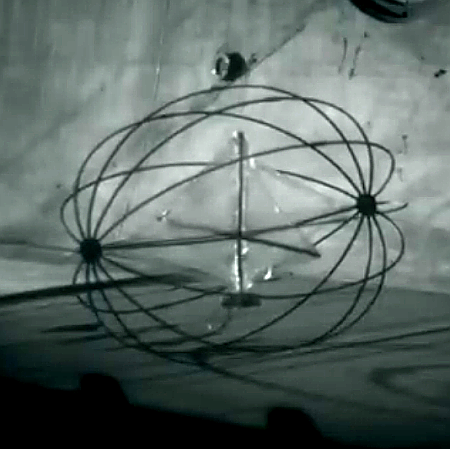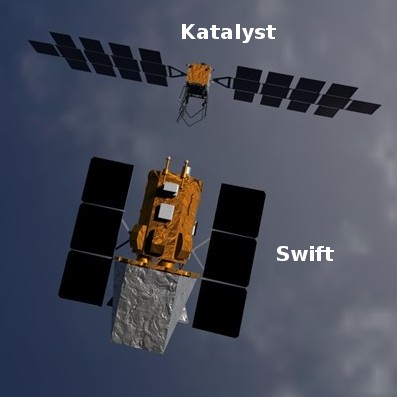
NASA is being conquered by Americans
That two different former SpaceX employees, one of whom had already flown on a private mission in space, applied and were accepted by NASA yesterday — as part of the 24th class of astronauts since its creation three-quarters of a century ago — reveals the major shift that is occurring across the entire space industry, and most especially within NASA.
This new class of ten included four men and six women, the first time women were the majority chosen. More significantly however were the two former SpaceX employees.
Yuri Kubo, 40, is a native of Columbus, Indiana. He earned a bachelor’s degree in electrical engineering and a master’s in electrical and computer engineering from Purdue University. He spent 12 years working across various teams at SpaceX, including as launch director for Falcon 9 rocket launches, director of avionics for the Starshield program, and director of Ground Segment.
Anna Menon, 39, is from Houston and earned her bachelor’s degree from Texas Christian University with a double major in mathematics and Spanish. She also holds a master’s in biomedical engineering from Duke University. Menon previously worked in the Mission Control Center at NASA Johnson, supporting medical hardware and software aboard the International Space Station. In 2024, Menon flew to space as a mission specialist and medical officer aboard SpaceX’s Polaris Dawn. The mission saw a new female altitude record, the first commercial spacewalk, and the completion of approximately 40 research experiments. At the time of her selection, Menon was a senior engineer at SpaceX.
Menon is also married to another NASA astronaut, Anil Menon, making them the fourth married couple picked by NASA.
At first I wondered why either would want to leave the private sector to work at NASA, especially considering that the opportunity to fly in space through NASA is going to decline significantly in future years. Its Artemis program will at best launch once a year, carrying four, and when ISS retires NASA’s flights to the commercial stations will be fewer and farther apart.
Then I realized the financial and personal benefits of getting picked and trained by NASA as an astronaut. It is a wonderful item to put on one’s resume. These astronauts don’t have to stay at NASA forever. As the private commercial stations and other private manned capsules begin flying, those companies are going to need trained individuals to fly their ships and run their stations. Most will look for candidates from NASA’s astronaut corps.
The presence of those two SpaceX employees in this class also shows us the shift from the government to private enterprise. In the past almost all of NASA’s astronaut picks would have come from the military and academia (In fact, the other eight astronauts picked this time all have such backgrounds). Rarely would NASA have chosen anyone from the private sector.
The choice of two such private sector individuals by NASA yesterday is simply another indication of the agency’s shift from the top-down government model to the capitalism model. It is finally recognizing the private sector is (and has always been) the heart of America’s space effort, and it is beginning to reward it appropriately.
Even as that private sector begins to take over NASA itself.















